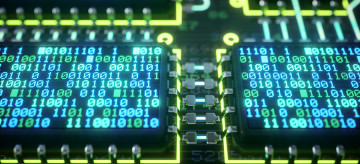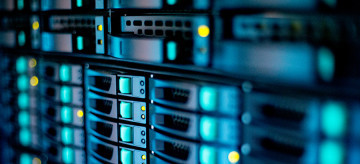- Advertising
- Bare Metal
- Bare Metal Cloud
- Benchmarks
- Big Data Benchmarks
- Big Data Experts Interviews
- Big Data Technologies
- Big Data Use Cases
- Big Data Week
- Cloud
- Data Lake as a Service
- Databases
- Dedicated Servers
- Disaster Recovery
- Features
- Fun
- GoTech World
- Hadoop
- Healthcare
- Industry Standards
- Insurance
- Linux
- News
- NoSQL
- Online Retail
- People of Bigstep
- Performance for Big Data Apps
- Press
- Press Corner
- Security
- Tech Trends
- Tutorial
- What is Big Data
Cloud Computing Vs. Edge Computing: Friends Or Foes?
Terms like 5G, internet of things, cloud and edge computing are more discussed in the business and tech communities. While cloud computing adoption has been increasing rapidly, the advancements in IoT and 5G have generated tech innovations — edge computing being one of them. Let’s look at the nuances of both cloud and edge computing and whether one will replace the other, as some expect.

Cloud Computing
Cloud computing means using remote servers or data centers for storing, processing, computing and analyzing massive amounts of data. It also describes "the delivery of different services over the Internet, including data storage, servers, databases, networking and software."
Since data centers are typically remote, there is a time lag between the collection and the processing of data, which is unnoticeable in most use cases. However, in time-sensitive apps, this time lag, although measured in milliseconds, becomes essential. Imagine real-time data collection for an autonomous car where time lags can lead to serious consequences.
The back and forth transfer of data, from where data is generated to the central server for processing and then to the end user, consumes significant bandwidth, which in turn increases data processing and transfer times. Since new technologies and IoT devices need subsecond response times, the trend is to place data processing and analytics as close as possible to where data is created.
Edge Computing
Enter edge computing. Compared to cloud computing, edge computing moves the compute, storage and networking closer to the source of data, significantly reducing travel time and latency. Instead of continually delivering data back and forth, the processes take place near the device, or at the edge of the network, allowing faster response times. Edge applications reduce the volumes of data that must be transferred, the traffic that results from the transfers, as well as the distance the data travels.
Find out the advantages and disadvantages of each in the full article on Forbes Tech Council.
About the author
A serial entrepreneur, Lucas Roh is the Founder and Chairman at Bigstep and CEO of Metalsoft. He has built several businesses including Hostway Corporation, Affinity, and Lentiq and has 20+ years of experience not counting his tenure as a Ph.D. at the Argonne National Laboratory.
Readers also enjoyed:

Modern Storage Technologies in 2020: What You Need to Know


Leave a Reply
Your email address will not be published.